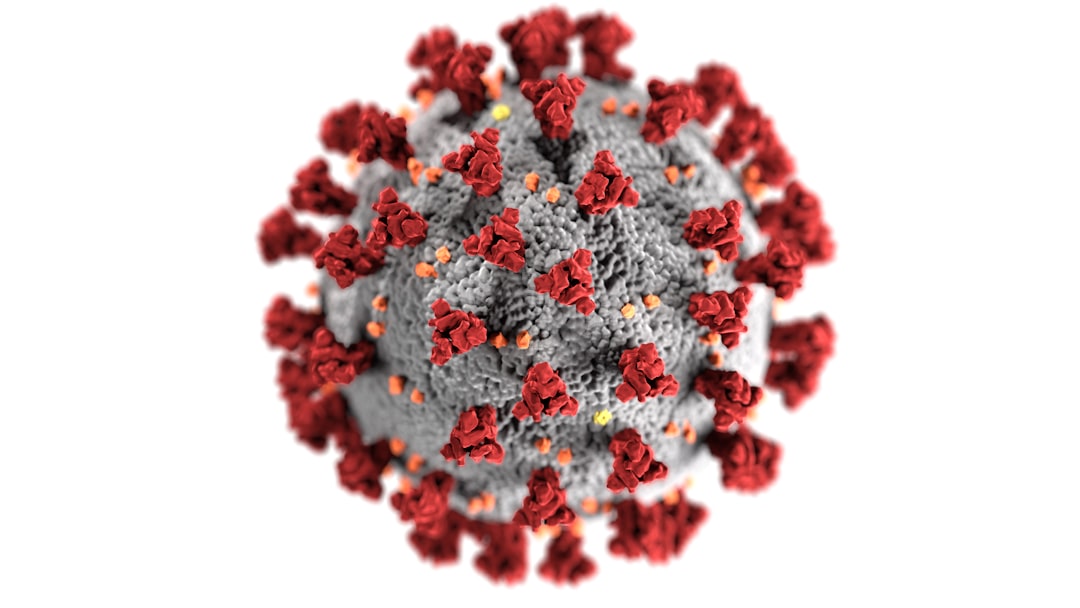What is it about?
In general, breeding demands selection methods that provide simultaneous gains in several characters of interest. In this paper we evaluated different index methods aiming to obtain gain in multiple characters separated in wet and dry season production. As result, we evidenced that index based on annual selection resulted in better distribution of forage production along the year than indices that separated wet and dry season production.
Featured Image
Why is it important?
Comparing different selection indices we were able to demonstrate that the wide genetic variability is retained in breeding population aiming at gains in specific characters during various cicles of selection and, at same time, achieving better distribution of forage production during the year.
Perspectives
Breeding involves constant decision making and must be based on scientific information. Tropical forage breeding programs are still in their "infancy" and can not be directly compared with temperate forage breeding. Informations on characters inheritance, genetic parameters and univariate and multivariate selection methods must be studied aiming at the best results and gains.
Dr Rosangela M Simeão
Embrapa
Read the Original
This page is a summary of: Genetic evaluation and selection index in tetraploidBrachiaria ruziziensis, Plant Breeding, March 2016, Wiley,
DOI: 10.1111/pbr.12353.
You can read the full text:
Contributors
The following have contributed to this page










